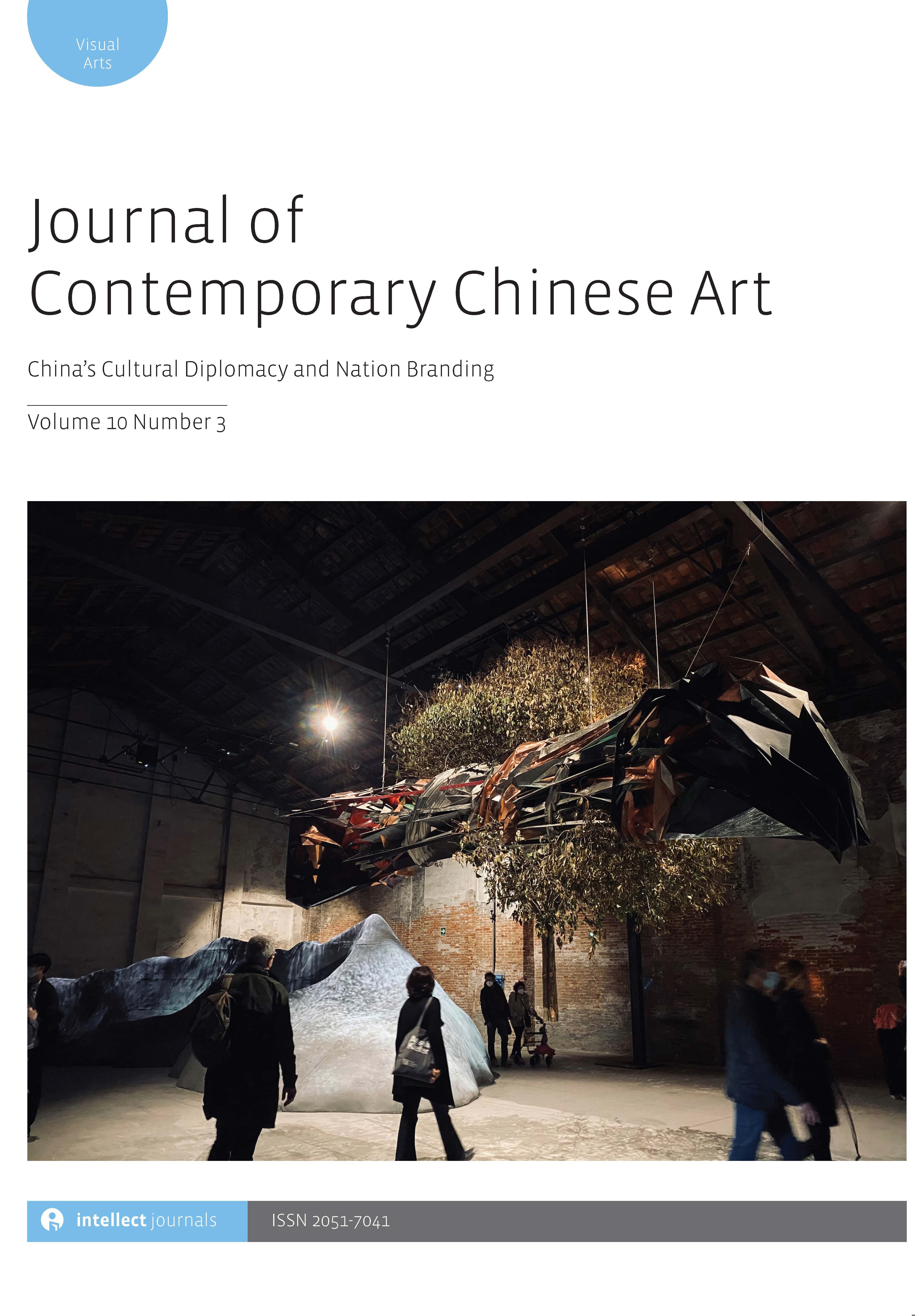
Full text loading...
The Bi-City Biennale of Urbanism\Architecture (UABB) has been hampered in achieving a ‘co-construction’ between Shenzhen and Hong Kong since its debut. The twin exhibitions have distinct organizational structures, funding resources and curatorial strategies. The reasons for the frictions or disconnections within UABB can be roughly divided into three levels: the organizational level, the intercity governmental level and the societal level. Both organizers have made efforts to integrate the two into a real bi-city biennale, but the exhibition has tended to diverge and develop more towards two independent biennales. In a situation in which UABB is increasingly open to international participants, it has reached a stage in which it is constrained by the financial, administrative and political boundaries, and the outlook of the bi-city vision remains worrying.

Article metrics loading...

Full text loading...
References


Data & Media loading...

Publication Date:
https://doi.org/10.1386/jcca_00020_1 Published content will be available immediately after check-out or when it is released in case of a pre-order. Please make sure to be logged in to see all available purchase options.